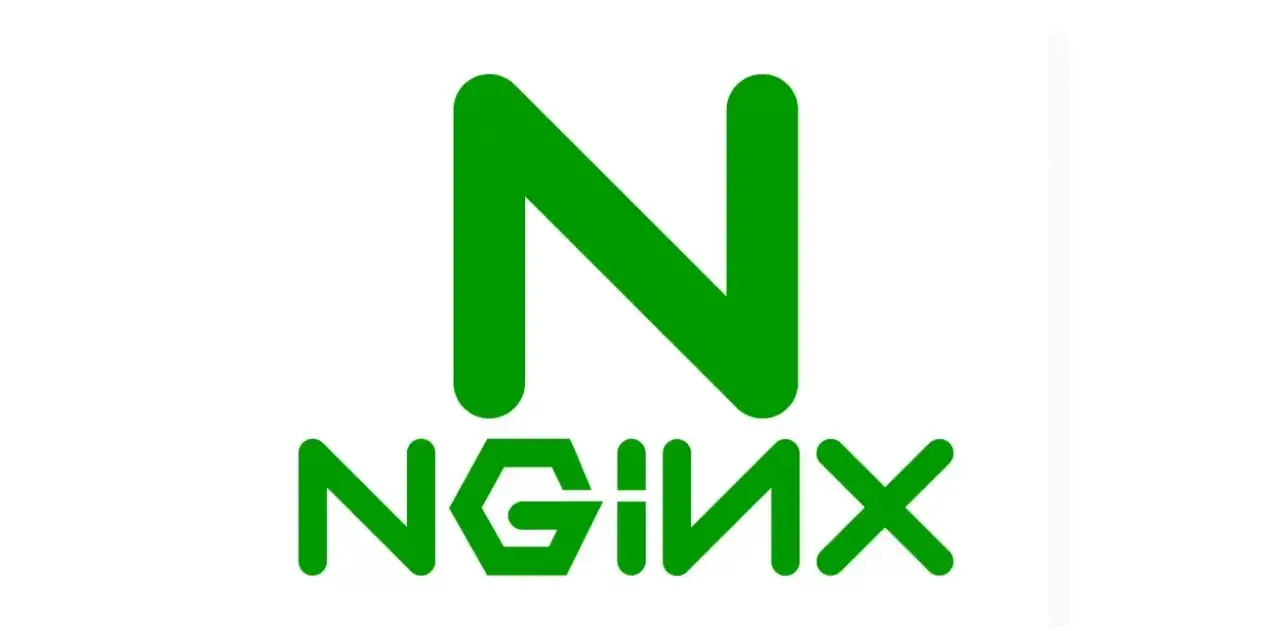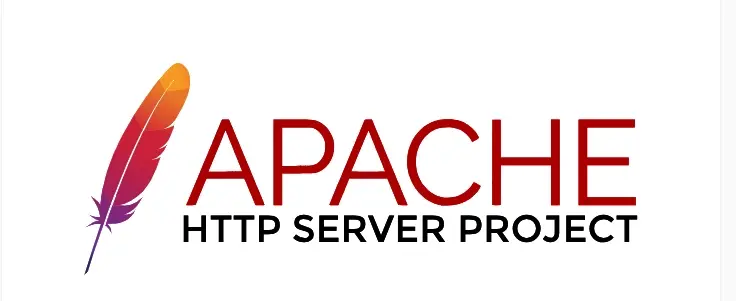Website performance is not just about speed but also about keeping visitors engaged, improving search rankings, and driving conversions. Studies show that 40% of users abandon websites that take more than three seconds to load, making the choice of web server a critical factor in business success.
At the core of every high-performing website is the web server, the software responsible for delivering content to users quickly, securely, and efficiently. While Apache and NGINX have long dominated the market, LiteSpeed is emerging as a game-changer, offering advanced caching, security, and performance features.
This guide compares LiteSpeed, NGINX, and Apache based on key factors such as speed, scalability, and ease of use to help you select the best web server for your website's needs.
Overview of Web Servers
1. LiteSpeed

Launched in 2003, LiteSpeed is a high-performance web server known for its speed, security, and resource efficiency. It is widely used by hosting providers for its built-in caching and seamless integration with control panels like cPanel and Plesk.
LiteSpeed is popular for websites that demand speed and scalability, especially in shared and reseller hosting environments.
Pros and Cons of LiteSpeed
Pros
Cons
2. NGINX

Introduced in 2004, NGINX gained popularity for its event-driven architecture that excels at handling high traffic loads. Initially designed as a reverse proxy, NGINX now serves as both a web server and load balancer.
It is widely adopted by websites requiring scalability, making it a top choice for high-traffic applications and modern web services.
Pros and Cons of NGINX
Pros
Cons
3. Apache

First released in 1995, Apache remains one of the oldest and most widely used web servers. Its modular architecture and extensive community support make it highly flexible.
Apache powers many small to medium-sized websites and legacy applications, especially on Linux-based servers. Despite its age, Apache continues to be a reliable choice for compatibility and customization.
Pros and Cons of Apache
Pros
Cons
Comparison Between LiteSpeed, NGINX and Apache
| Category | LiteSpeed | NGINX | Apache |
|---|---|---|---|
| Overview | Proprietary web server launched in 2003, known for high performance and caching. | High-performance server launched in 2004, ideal for high-traffic websites. | Open-source server launched in 1995, widely used for its flexibility and stability. |
| Performance | Optimized for speed with event-driven architecture and built-in caching. | Excellent static content delivery with low resource usage. | Reliable but slower under heavy traffic due to process-based architecture. |
| Static Content Delivery | Fastest due to LiteSpeed Cache. | Very fast, often outperforms Apache. | Slower than LiteSpeed and NGINX. |
| Dynamic Content Handling | Seamless PHP integration with LSAPI for faster performance. | Requires additional configuration like PHP-FPM. | Native mod_php integration but slower than LiteSpeed. |
| Architecture & Design | Event-driven, lightweight with built-in caching. | Event-driven with efficient connection handling. | Thread-based, highly modular but resource-intensive. |
| Security Features | DDoS protection, built-in WAF, HTTP/3 support. | Basic security features with optional modules. | Extensive security modules, but requires additional configuration. |
| Ease of Use & Configuration | Seamless integration with cPanel, Plesk, and managed hosting providers. | Requires more advanced knowledge to configure. | Easy to configure with widespread community support and documentation. |
| Scalability | Excellent for both small and high-traffic websites. | Excellent under heavy loads. | Moderate scalability, less efficient under high traffic. |
| Licensing | Paid (Proprietary). | Free (Open-source) with a paid version (NGINX Plus). | Free (Open-source). |
| Market Share | Growing, especially in managed hosting. | High adoption for high-traffic websites and CDNs. | Very high, widely adopted across different industries. |
| Best Use Cases | Managed hosting, WordPress, and high-performance websites. | High-traffic websites, content delivery networks. | Legacy applications, small to medium websites. |
| Control Panel Support | Full integration with cPanel and Plesk. | Partial integration with control panels. | Full integration with cPanel and Plesk. |
| Community Support | Limited compared to Apache and NGINX. | Growing but smaller than Apache. | Extensive and well-documented community support. |
The right web server depends on your website's performance needs and technical requirements. LiteSpeed is ideal if you prioritize speed, security, and seamless integration with hosting control panels.
For websites handling high traffic with a need for scalability and efficient resource usage, NGINX excels. Meanwhile, Apache remains a dependable option for small websites, legacy applications, and projects that benefit from extensive community support and customization.
Future Prospects & Emerging Technologies
The evolution of web technologies is reshaping how websites deliver content and manage traffic. As businesses seek faster, more secure, and scalable solutions, web servers must adapt to stay relevant.
1. HTTP/3 and QUIC Support
LiteSpeed: One of the first web servers to offer native HTTP/3 and QUIC support, LiteSpeed leverages these protocols to improve connection speed, reduce latency, and enhance security. This makes it a forward-thinking choice for modern websites prioritizing performance.
NGINX: While NGINX supports HTTP/3 in its experimental builds, full production support is still under development. However, its strong focus on performance optimization makes it likely to adopt HTTP/3 widely once stable.
Apache: Apache has been slower to implement HTTP/3, relying heavily on third-party modules. This may impact its long-term appeal for websites that need cutting-edge performance and security.
2. IPv6 Integration
LiteSpeed: Fully supports IPv6, ensuring seamless connectivity for the next generation of internet addresses. This future-proof approach helps websites remain accessible as IPv4 addresses become scarcer.
NGINX: Built with IPv6 compatibility from the start, NGINX efficiently handles IPv6 traffic, making it a reliable choice for global businesses.
Apache: IPv6 support is available but may require manual configuration, making it less intuitive than LiteSpeed or NGINX.
3. Containerization (Docker & Kubernetes)
LiteSpeed: Gaining traction in containerized environments, LiteSpeed offers official Docker images, simplifying deployment in microservice architectures. Its lightweight design makes it an efficient choice for containerized applications.
NGINX: A dominant player in containerized environments, NGINX seamlessly integrates with Docker and Kubernetes, often serving as an ingress controller for managing traffic in microservice-based applications.
Apache: While Apache can run in Docker containers, its resource-heavy architecture makes it less popular in containerized environments compared to NGINX.
4. Edge Computing & CDN Integration
LiteSpeed: Its built-in caching and content delivery optimization make LiteSpeed an excellent choice for edge computing. It works well with CDNs to deliver content to users at geographically distributed locations faster.
NGINX: NGINX’s lightweight design makes it ideal for delivering content from edge locations. It is frequently used in CDN architectures and edge servers.
Apache: Less commonly used for edge computing due to its higher resource consumption, but still compatible with CDN services through third-party configurations.
As web technologies continue to advance, LiteSpeed and NGINX are leading the charge in innovation, offering faster, more scalable, and future-ready solutions for modern websites.
Conclusion
Selecting the right web server can significantly impact your website’s performance, scalability, and management. While Apache remains a flexible option for small websites and NGINX excels in high-traffic environments, LiteSpeed is emerging as the fastest and most efficient choice.
With its built-in caching, robust security features, and support for cutting-edge technologies like HTTP/3 , LiteSpeed not only enhances performance but also aligns with the future demands of web technologies. When choosing a web server, consider your website’s traffic volume, resource requirements, and long-term goals to make the best decision.
Frequently Asked Questions
What makes LiteSpeed faster than Apache?
LiteSpeed is faster than Apache because its architecture efficiently handles many concurrent connections with less resource usage, leading to quicker dynamic content delivery. This means you get better performance without straining your server.
What is the difference between LiteSpeed, NGINX, and Apache in web server technology?
LiteSpeed, NGINX, and Apache are three web servers widely used for powering web applications. The LiteSpeed web server offers built-in server level cache and optimized performance, making it the fastest web server for WordPress websites. NGINX vs Apache often comes down to performance and resource usage, with NGINX excelling in serving static files and handling high traffic sites, while Apache HTTP Server is known for its compatibility with htaccess files and content management systems.
How does LiteSpeed improve loading performance for WordPress websites?
The LiteSpeed server enhances loading performance by integrating seamlessly with WordPress cache plugins like LiteSpeed Cache. It uses server level cache and minimal resources to deliver reliable performance and faster core web vitals scores. This setup, when properly configured, improves cumulative layout shift and visual stability for web pages.
Which web server is the best for high traffic websites?
LiteSpeed is often regarded as the right web server for high traffic sites due to its ability to handle concurrent connections with minimal resources. NGINX vs Apache comparisons show that NGINX performs better for static files, while Apache may struggle without additional optimization. However, LiteSpeed combines the benefits of both, offering reliable performance and server software with built-in caching.
Can I use LiteSpeed for free, or is it only available as a commercial version?
LiteSpeed offers the OpenLiteSpeed web server, a free version suitable for small websites and test environments. Many web hosting companies recommend the commercial version for more advanced features, such as WordPress plugin integration and enhanced server management.
How do these web servers impact search engine optimization and core web vitals?
A reliable web server plays a key role in search engine optimization by improving measures loading performance and visual stability. LiteSpeed's optimized codebase and built-in cache system enhance core web vitals scores. NGINX with FastCGI cache can also boost performance, while Apache relies heavily on cache plugins and properly configured settings to improve performance.

Yetunde Salami is a seasoned technical writer with expertise in the hosting industry. With 8 years of experience in the field, she has a deep understanding of complex technical concepts and the ability to communicate them clearly and concisely to a wide range of audiences. At Verpex Hosting, she is responsible for writing blog posts, knowledgebase articles, and other resources that help customers understand and use the company's products and services. When she is not writing, Yetunde is an avid reader of romance novels and enjoys fine dining.
View all posts by Yetunde Salami





















